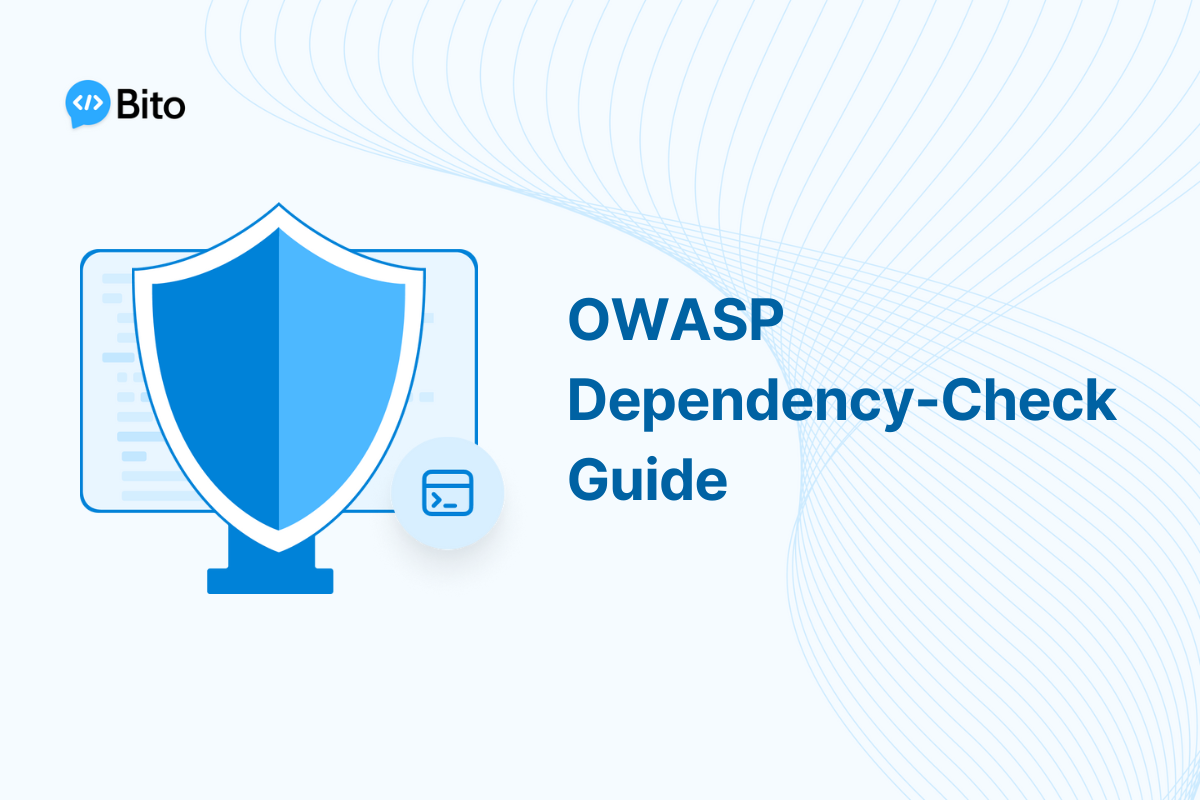Software supply chain attacks have been making headlines recently, with major breaches like SolarWinds and Log4j demonstrating how vulnerable many organizations are to compromise through third-party components. As businesses rely more heavily on open source libraries and commercial software packages, they increase their exposure to risks further up the supply chain. To protect critical systems and data, security teams need solutions to help assure the integrity of the code being integrated into their applications.
OWASP Dependency-Check is an open source tool that analyzes project dependencies to detect known vulnerabilities, providing key insights to support supply chain security. By integrating it into the software development lifecycle, organizations can take proactive steps to identify and remediate issues before they lead to breaches. This article looks at the value Dependency-Check delivers and best practices for implementation.
Understanding Software Supply Chain Risks
The typical modern application contains dozens of third-party components, open source libraries, and commercial software dependencies. This complex web of suppliers and integrations creates significant risks:
Increased Use of Open Source Components
Open source lets developers quickly build on existing code so they don’t have to reinvent the wheel. But integrating open source also means integrating any vulnerabilities in that code. The typical application contains over 100 different open source components from multiple projects and contributors. Many may be outdated or contain publicly known flaws.
Complex and Opaque Supply Chains
Supply chains are growing more complex, with third-party integrations layered upon third-party integrations. With limited visibility, it’s difficult to identify all suppliers and track component provenance. Vulnerabilities can be introduced at any point.
These risks are compounded by how quickly vulnerabilities are discovered and exploited. The commonality of components across applications means a single vulnerability can impact countless downstream users.
High profile examples like Log4Shell and the SolarWinds breach highlight the massive potential scale and impact of supply chain attacks. Development teams must make securing their software supply chain a priority.
An Overview of OWASP Dependency-Check
OWASP Dependency-Check is a free, open source tool that helps identify and remediate vulnerable components within application dependencies. Let’s look at some key capabilities:
Scans Dependencies for Known Vulnerabilities
Dependency-Check checks project dependencies against public vulnerability databases like the National Vulnerability Database (NVD). It generates a bill of materials detailing components used and any CVEs impacting those components. Users can quickly identify vulnerable libraries needing upgrade or remediation.
The tool supports a wide range of programming languages and package managers:
Languages: Java, .NET, Python, Ruby, Node.js, PHP
Package Managers: npm, yarn, Composer, NuGet, Maven, GradleIntegrates with Build Tools and CI/CD Pipelines
Dependency-Check integrates into the SDLC through command line use, build tool plugins, and CI/CD integration. Developers can scan dependencies early in development, while automated scans during builds provide ongoing monitoring.
Integration with Jenkins, Maven, Gradle, and other tools makes dependency checks a seamless part of the development workflow.
Implementing OWASP Dependency-Check for Supply Chain Security
Let’s walk through how to implement Dependency-Check to improve software supply chain security:
Installation and Configuration
Dependency-Check can run on Windows, Linux, and macOS systems. Installers for each platform are available on the [GitHub releases page](https://github.com/jeremylong/DependencyCheck/releases).
The main executable is `dependency-check.sh` (or .bat on Windows). Basic usage is:
dependency-check.sh --project testing --scan /path/to/projectThis scans the given path and generates XML and HTML reports in `/path/to/project/reports`:

Configuration like report formats, locations, and database settings are controlled through properties files.
Integration with SDLC and Existing Tools
To make dependency analysis a routine part of the SDLC, integrate Dependency-Check into existing systems:
- CI/CD pipelines:** Run dependency scans during builds. Fail builds or alert on vulnerabilities based on policy.
- IDE plugins:** Scan projects within the IDE for quick feedback. Eclipse, Visual Studio, and others are supported.
- Build tools:** Maven, Gradle, MSBuild, and Ant plugins run checks during standard builds.
- Binary scanners:** Integrate with tools like JFrog XRay, SonarQube, and Snyk to combine binary scans with dependency analysis.
- Ticketing systems:** Automatically create tickets for detected vulnerabilities to streamline remediation workflow.
- Application security:** Combine with DAST, SAST, and IAST tools like Contrast, Checkmarx, and Veracode to provide comprehensive AppSec coverage.
Proactively scanning for vulnerable dependencies, both within ongoing development and as part of release testing, gives assurance that applications are not being compromised via the supply chain.
Dependency-Check integrates seamlessly with existing systems and provides the visibility development teams need to identify and address risks.
Conclusion
The increased use of third-party components has exposed organizations to supply chain attacks impacting critical systems and data. OWASP Dependency-Check enables automated, proactive scanning of project dependencies to detect known vulnerable components before they are integrated into applications.
By implementing Dependency-Check checks within development workflows and pipelines, teams can identify and remediate issues early. They gain greater visibility into the state of dependencies and third-party code being integrated into their software supply chain. This helps minimize risks and provides assurance that applications are not being compromised by vulnerable libraries and components.
Dependency-Check delivers essential insights that empower organizations to secure their supply chains. Combined with good oversight of suppliers and a multi-layered security strategy, it helps protect applications from compromise via third-party code. As supply chain attacks grow more prevalent, solutions like Dependency-Check become critical elements of an effective application security program.






